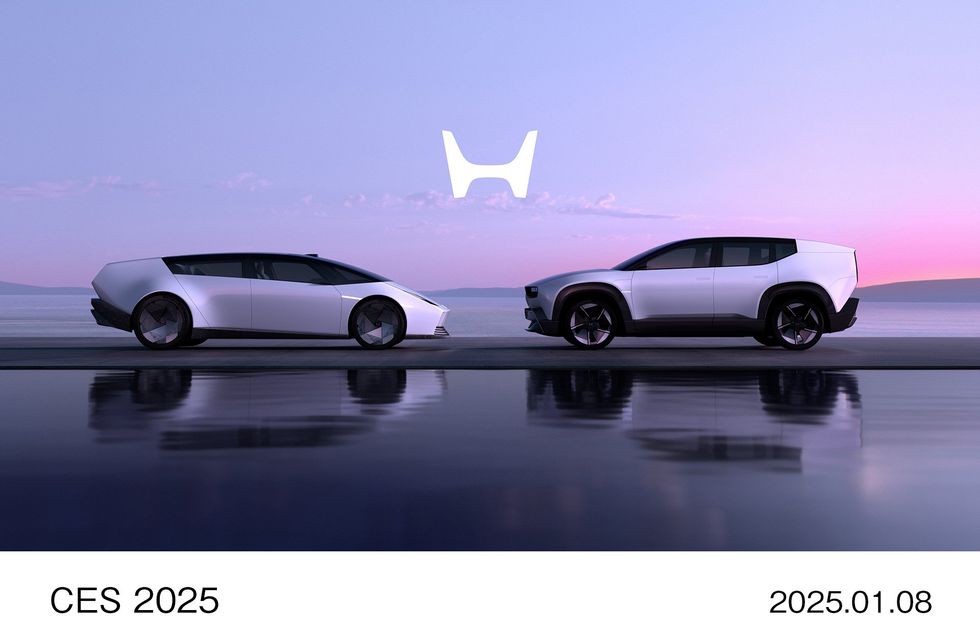Whose supply will dry up first: Israel’s Iron Dome interceptors or Hezbollah’s cash reserves?
'The U.S. can't continue supplying Ukraine and Israel at the same pace. We are reaching a tipping point'



JERUSALEM – Two of the principal actors in the unfolding drama in the Middle East – namely Israel and Hezbollah/Iran – are facing shortfalls of a very different, but equally significant nature, as the material toll of more than a year of fighting begins to be more keenly felt.
Reports emerged Tuesday about Israel’s stockpiles of Iron Dome interceptor missiles, a particularly alarming development as the country’s response to Iran’s most recent ballistic missile attack on Oct. 1 – in whichever form it will take, and the defense establishment has telegraphed it will be significant – and the likely retaliation from the Islamic Republic of Iran.
If it fired 181 projectiles – allegedly to avenge the twin eliminations of former Hamas leader Ismail Haniyeh and long-time Hezbollah Secretary-General Hassan Nasrallah – it is likely a significant strike against its interests in Iran, will draw a greater response.
It is precisely for this reason the United States has agreed to locate Terminal High Altitude Area Defense, or THAAD, missile-defense systems in Israel in advance of that expected retaliatory strike.
For Israel, the year-long offensive and defensive campaign it has waged seems to be beginning to take its toll. Although the rocket fire from Gaza has almost entirely dried up, it is in the northern arena, battling Iran’s Lebanese Shiite proxy Hezbollah, where the IDF has tried to counter the constant rocket barrages, in which an excess of 100 rockets and drones are launched daily.
ISRAEL RUNNING OUT OF IRON DOME MISSILES
Dana Stroul, a former senior U.S defense official, warned that stockpiles of interceptor missiles aren’t limitless and that Israel faces a race against time to restock its supplies before they run out.
“Israel’s munitions issue is… pic.twitter.com/gokHVCXfgm
— Mario Nawfal (@MarioNawfal) October 15, 2024
“Israel’s munitions issue is serious,” said Dana Stroul, a former senior U.S. defense official with responsibility for the Middle East, according to a report in the Financial Times.
“If Iran responds to an Israel attack [with a massive air strike campaign], and Hezbollah joins in too, Israel air defenses will be stretched,” she added, noting that U.S. stockpiles are not limitless.
“The U.S. can’t continue supplying Ukraine and Israel at the same pace. We are reaching a tipping point.”

Boaz Levy, chief executive of Israel Aerospace Industries, a state-owned company that manufactures Arrow interceptors used to shoot down ballistic missiles, said that production lines are running triple shifts to meet demand.
“Some of our lines are working 24 hours, seven days a week. Our goal is to meet all our obligations,” Levy said, according to Israel HaYom, adding the time required to produce interceptor missiles is “not a matter of days.”
Israel’s multi-layered missile defense system has been working overtime for 12 months. The Iron Dome interceptors have successfully taken down a significant proportion of Hamas and Hezbollah’s rockets, although several projectiles – including so-called suicide drones – have gotten through to devastating effect.
The 12 children playing soccer in Majdal Shams at the end of July and the attack on the Golani infantry division training base on Sunday spring readily to mind. Meanwhile, David’s Sling has downed heavier rockets from Lebanon, and the Arrow system has blocked missiles emanating from Iran.
The results of even a slight degradation of Israel’s defensive capabilities can be severe, highlighted by Iran’s Oct. 1 attack, wherein Israel’s largely sole attempts to repel the missiles was significantly less successful than the similar strike on April 13. Nearly three dozen missiles hit Israel’s Nevatim air base, according to open-source intelligence analysts.
Some Israeli defense analysts have expressed a growing concern about what a coordinated Iranian and Hezbollah attack might mean, in terms of prioritizing how the interceptors are deployed.
Meanwhile, reports have surfaced that repeated and sustained Israeli airstrikes have hit Hezbollah cash reserves, according to Voice of America.
The Iranian terrorist proxy relies on three key funding channels: Al-Qard al Hasan, or AQAH, a Hezbollah-owned quasi-bank operating without a government banking license; licensed Lebanese commercial banks; and cash from Iran, researchers told the broadcaster, according to the Jewish News Syndicate.
Israel targeted AQAH in its initial airstrikes during the current campaign in Lebanon. They hit Hezbollah’s “cash storage centers, including a large part of the AQAH vaults,” leaving the group in a “financial crisis,” VOA reported.
Not only have Hezbollah’s fighters fled from their southern Lebanon stronghold, the people and institutions upon whom they relied to pay them are having serious difficulties doing so. In addition, wealthy Hezbollah backers – according to Lebanese bankers – have fled, mainly to Europe or Gulf States, fearful the IDF might target them next, which is also drying up a source of liquidity in the terrorism pipeline.
Another source of capital has been literally plane loads of cash flying in from Tehran (a tactic that’ll be familiar to many of the Obama-era apparatchiks, currently staffing the dying embers of the Biden administration). Following Israel’s Sept. 27 warning it would not allow hostile flights carrying weapons to land at Beirut airport, the very next day an Iranian flight from Tehran did a U-turn over Iraqi airspace.
What's Your Reaction?

































































































